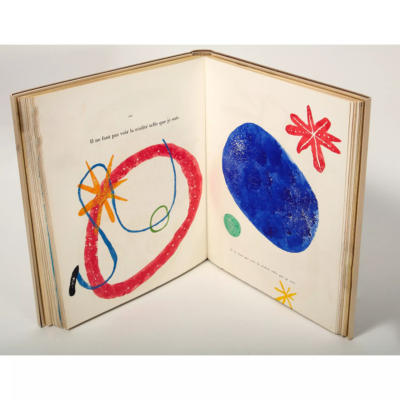Clown qui ne se grime pas ?
Georges Rouault
1963
Heliogravure, aquatint with sugar, original drypoint for Miserere, Paris, Edition L'Etoile filante, 1948, pl. VIII
65 x 50 cm
Signed and dated by the artist in the lower left corner of the plate
Catalog raisonné : Rouault 61
Miserere, the ancient word for imploring divine mercy, is a vast fresco of the human condition imagined by Georges Rouault. The artist makes misery, in the sense of both indigence and baseness, the common thread running through the human race. Christ is omnipresent in this work. Both human and divine, he is mankind's clearest link with God and the hope of mercy.
The work was extremely long and tedious for the artist, as can be seen from the various states(see catalog raisonné). The first plates were designed as early as 1914. Printing took place from 1922 to 1927, under the close supervision of Georges Rouault, before Miserere was finally published in 1948.
The clown's emaciated, destitute face fills the spectator with melancholy. All that remains of his costume is the hat and a trace of white make-up, the smile having faded once the performance was over.





